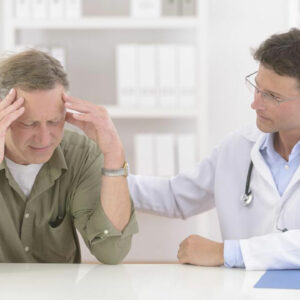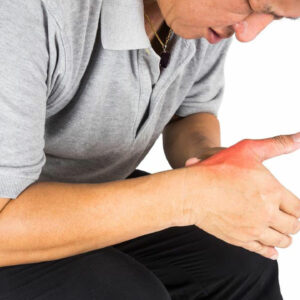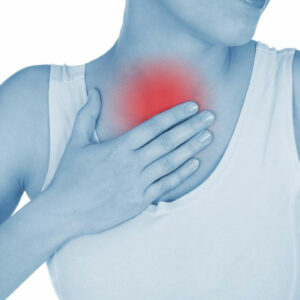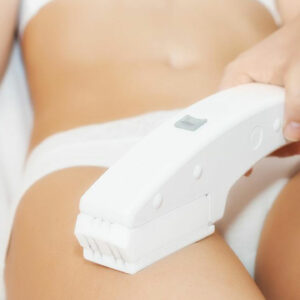
01
Know the Symptoms of Meningitis and Its Risk Factors
Meningitis refers to a medical condition in which the meninges or the membranes surrounding the spinal cord and brain get inflamed mostly due to viral infection. Fungal and bacterial infections may also lead to this health issue. Often characterized by the stiffness of the neck, high fever, and headache, meningitis can turn fatal, if not treated on time. In some rare cases, meningitis gets cured in a couple of weeks without any medication. However, it is never recommended to leave meningitis untreated and report to a doctor if you can find any of the below-mentioned symptoms of meningitis. General meningitis symptoms are- Symptoms of meningitis and flu are often quite similar, making it difficult to recognize at the very onset. However, some patients get many prominent meningitis symptoms in a few hours while others may take several days for developing the meningitis symptoms. Both adults and children have the risk of getting this infection. Anyone above two years of age is expected to show the following signs when infected by this disease germ. Getting high fever all of a sudden Neck stiffness, sometimes complete immobility of neck Developing concentration difficulty or confusion Difficulty in waking up, sleepiness in the daytime or excess fatigue Seizures or epilepsy signs Difficult to see in light or increased sensitivity to sunlight Low appetite and thirst Rad rashes on skin A severe headache accompanied by fever. In most cases, the pain is quite unusual than a normal headache. Many patients also get vomiting or nausea along with a headache Meningitis symptoms in babies below two years- Meningitis in infants below two years can be extremely difficult to diagnose and may turn fatal. Therefore, consult a doctor if you see any of the signs in your child. Constant crying accompanied by high fever. In most of the cases, the babies do not stop crying and might cry harder when trying to be consoled.
Read More 










